
Der Bildakt as a starting point
1In the introduction to the English version of Der Bildakt (Image Acts), published in 2018, Horst Bredekamp confesses that the idea of the “image act” initially came to him while writing his dissertation on iconoclasm back in the 1970s, especially with a photo of the Cambodian Civil War he found in the press that showed a combatant cleaning his rifle under the protection of a painting and a figurine of the Buddha (Wood, 2012Wood, Christopher. “Iconoclasts and Iconophiles: Horst Bredekamp in Conversation with Christopher Wood,” Art Bulletin, vol. XCIV, no4, December 2012, p. 517–529.). The two images protect the militant, not only because they call for divine intervention, but because they were acting like comrades-in-arms watching his back. This photo is a major example of what the German art historian understands by “image act”, a concept that sometimes sounds evident, but is full of nuances and misunderstandings. Images can be so appealing that the urge to ban or control them has been a recurrent theme for centuries. As said brilliantly by W.J.T. Mitchell: “the fear [of images] stems from the recognition that these signs, and the ’others’ who believe in them, may be in the process of taking power, appropriating a voice” (1988, p. 151Mitchell, William John Thomas. Iconology: image, text, ideology, University of Chicago, 1988.).
2During the 1970s, a hypothesis emerged: if images are signs that convey meaning, they could, like speech, be performative. Some early attempts to transpose the theory of the speech act, developed by J.L. Austin and John Searle in the 1960s, took place before Bredekamp: Søren Kjørup, Philippe Dubois or Liza Bakewell. However, Bredekamp goes further. With the picture of the soldier, he realized that images are not only used as signs that are enunciative or performative, but that they are actually active, much like the two Buddhas backing the Cambodian soldier.
3In the introduction to Image Acts, Bredekamp defines his perspective as follows:
A new approach, proposed here, locates the image not in the place formerly occupied by the spoken word, but in that formerly occupied by the speaker. The image is, in short, no longer the instrument, but the actor —indeed, the ’prime mover’, the protagonist. The image act, as understood in what follows, adopts the dynamism inherent in the relationship between the speech act and its own social, political and cultural environment, but it finds its starting point in the latent capacity of the image to move the viewer (2021, p. 33Bredekamp, Horst. Image Acts: A Systematic Approach to Visual Agency, 2nd edition, traduit par Elizabeth Clegg, De Gruyter, 2021.).
4It is in this capacity that images seem to act independently from their creator’s intention, provoking reactions in their viewers.
Transferring the notion of Image-Act to Literature
5In HANDLING, the ERC project led by Anne Reverseau (2019-2024), we have been interested in studying not only how writers manipulate images, but how the iconographic universe surrounding them has actual agency on them, and how writers react in response. As Barthes, who, when in front of the picture of the Winter Garden felt a punctum, a “sting, speck, cut, little hole” (1981, p. 27Barthes, Roland. Camera lucida: reflections on photography, 1st American edition, traduit par Richard Howard, Hill, 1981.) (“piqûre”, “blessure”… in the original French (1980, p. 49Barthes, Roland. La Chambre claire, note sur la photographie, Première édition, Gallimard, 1980.)), writers, as all of us for millennia, have been subject to the power and the act of images.
6The present publication aims, therefore, to transpose the notion of the image act to the literary field, and to reflect on the agency of images from the end of the 19th century to the present day, examining not only their effectiveness but also, and above all, their efficiency. In other words, our main objective is, to borrow the distinction proposed by Bernard Vouilloux, to develop the theoretical potential of images beyond the causal relationship associated with the intention of the artist (Vouilloux, 2011Vouilloux, Bernard. “De l’efficacité des images érotiques à l’efficience érotique des œuvres,” dans Plesch, Véronique, Catriona Macleod and Jan Baetens (dir.), Efficacité/Efficacy: how to do things with words and images?, Rodopi, 2011, p. 243–254. https://doi.org/10.1163/9789401200738.).
7Two things are to be expected from this transfer: first, to emphasize the relationships between writing and images (rather than between texts and images), and to focus consequently on concrete and material images, favoring thus an artifactual approach that goes along the image/picture distinction highlighted both in the Anglo-American and German tradition. This transfer is not self-evident and raises several questions that will be explored in detail. In the first place, are there specific image acts in literature? And if so, should we study them in terms of the writer’s life experience (as in the case of Stendhal’s syndrome), the text, as Liliane Louvel’s concept of “pictorial third” does (2010Louvel, Liliane. Le tiers pictural : pour une critique intermédiale, Presses universitaires de Rennes, 2010.), or rather the creative process of each individual work? Similarly, at what level should we examine these “acts”? It could be in the role images have in the writing process, but also, more broadly, in their participation in writing as an anthropological ritual. This relationship could be “inchoative” as we and other members of HANDLING described it in the book Murs d’images d’écrivains. Dispositifs et gestes iconographiques (xıxe-xxıe siècle) (Reverseau, Desclaux, Scibiorska and Lahouste, 2022, p. 268Reverseau, Anne, Jessica Desclaux, Marcela Scibiorska and Corentin Lahouste. Murs d’images d’écrivains : dispositifs et gestes iconographiques (XIXe-XXIe siècle), Presses universitaires de Louvain, 2022.); or, as some creative writing instructors remark, it could reside in the capacity of images to be “inducers” of writing, or in their faculty of “photoelucidation”, as it is preferred by some other specialists on visual culture. In any case, the terminology, and how to name and describe what happens between writers and images, matter, as Manuel Charpy, Alexandra de Heering and Ece Zerman noted in the introduction to the colloquium Faire parler les photographies (2022Charpy, Manuel, Alexandra de Heering and Ece Zerman. Ouverture du colloque « Faire parler les photographies », October 2022.).
8Drawing from these general questions, other more specific ones,
concerning long-lasting issues within the field of text and image
emerge, such as those surrounding ekphrasis and the reception of
verbo-visual works. In that regard, Liliane Louvel questions in her contribution whether we are interested in what the description of an image provokes, as an act of writing but also of reading, in line with iconology and semiotic analysis. Gilberto Araújo Raul Pompeia et l’illustration débordante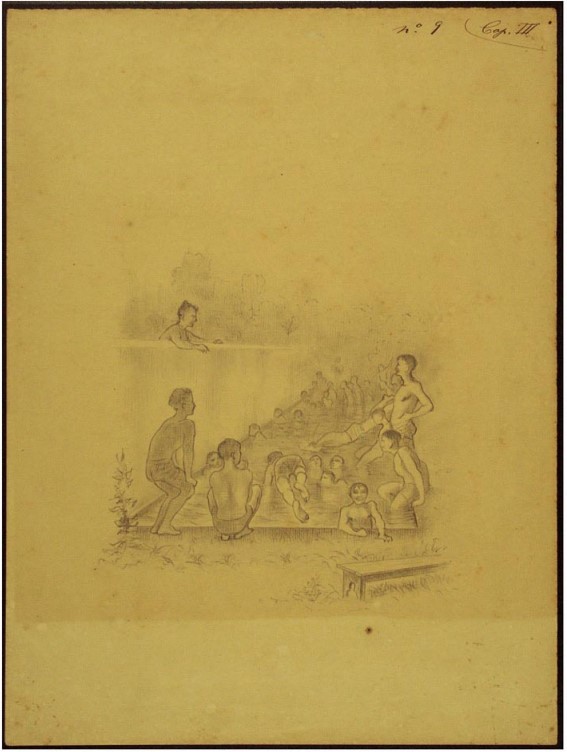 and Ammar Kandeel Les photographies d’un récit palestinien
and Ammar Kandeel Les photographies d’un récit palestinien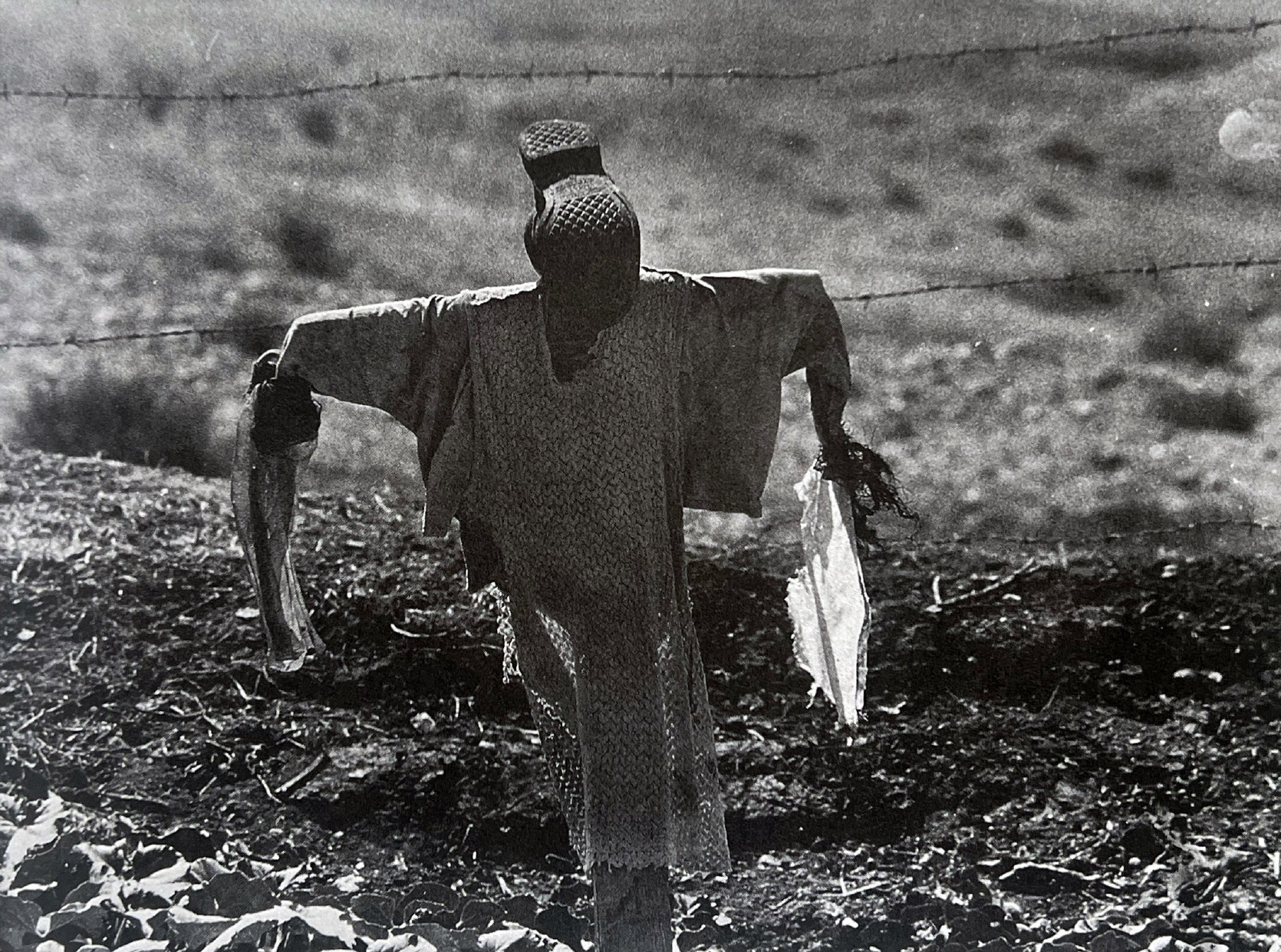 , in their turn, ask what the consequences on the reader are when pictures are added to or removed from successive editions of the
same book. Likewise, the effectiveness of
the image act is at stake here. Isabelle Gribomont Entre modernisme, littérature combinatoire et intelligence artificielle
, in their turn, ask what the consequences on the reader are when pictures are added to or removed from successive editions of the
same book. Likewise, the effectiveness of
the image act is at stake here. Isabelle Gribomont Entre modernisme, littérature combinatoire et intelligence artificielle and Nathalie Léger L’hypothèse d’une désorientation
and Nathalie Léger L’hypothèse d’une désorientation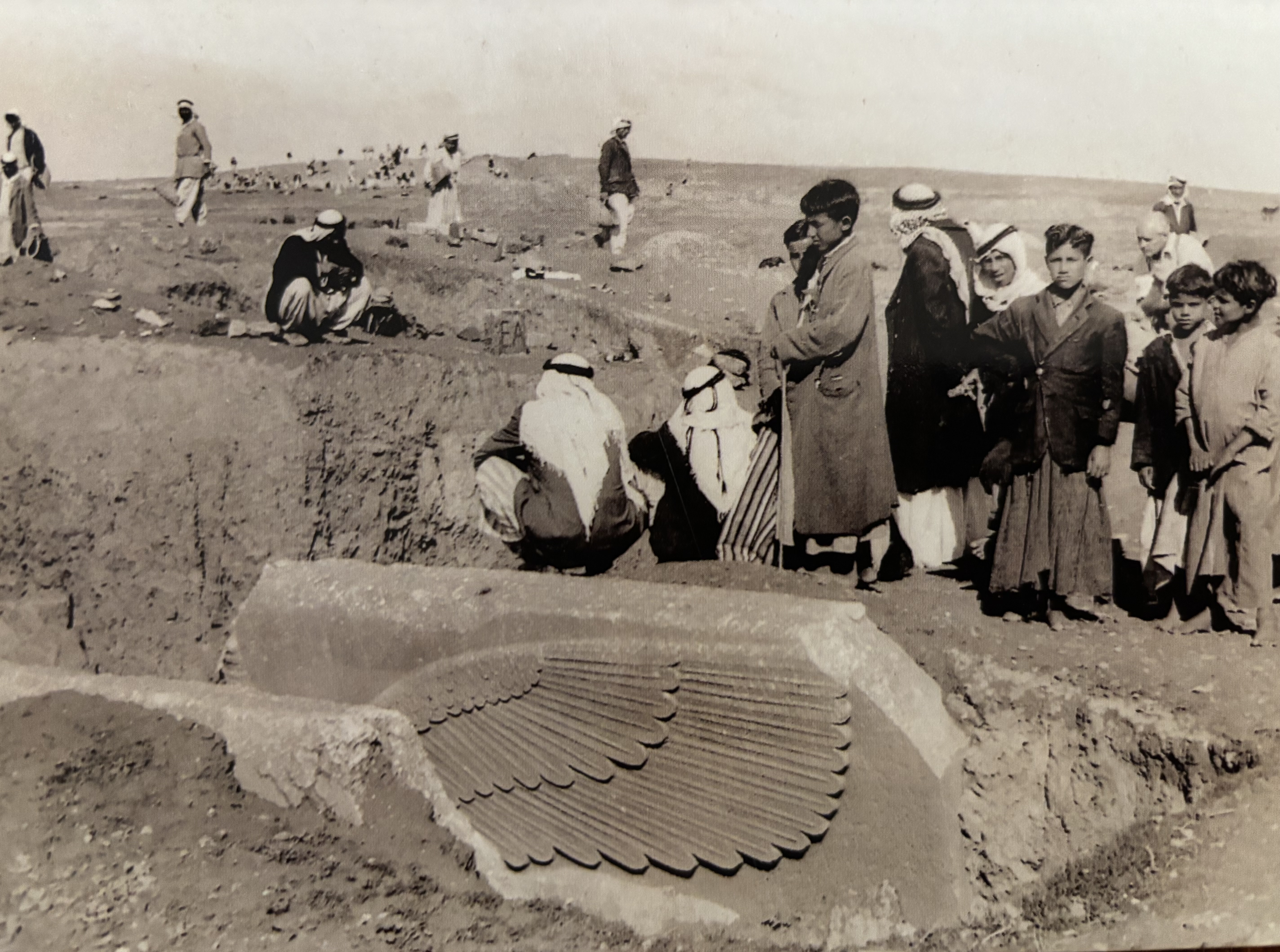 ,
respectively, wonder if the action of images in literature is
predictable, part of a procedure orchestrated by the writer, or if they are allowed to act unexpectedly, in a
surprising way like a ball that bounces from side to side. This all makes us wonder how we as theoreticians can build
a genuine dialogue between mediums and creators, and, in this way, as
addressed by Sophie Aymes Flower Power
,
respectively, wonder if the action of images in literature is
predictable, part of a procedure orchestrated by the writer, or if they are allowed to act unexpectedly, in a
surprising way like a ball that bounces from side to side. This all makes us wonder how we as theoreticians can build
a genuine dialogue between mediums and creators, and, in this way, as
addressed by Sophie Aymes Flower Power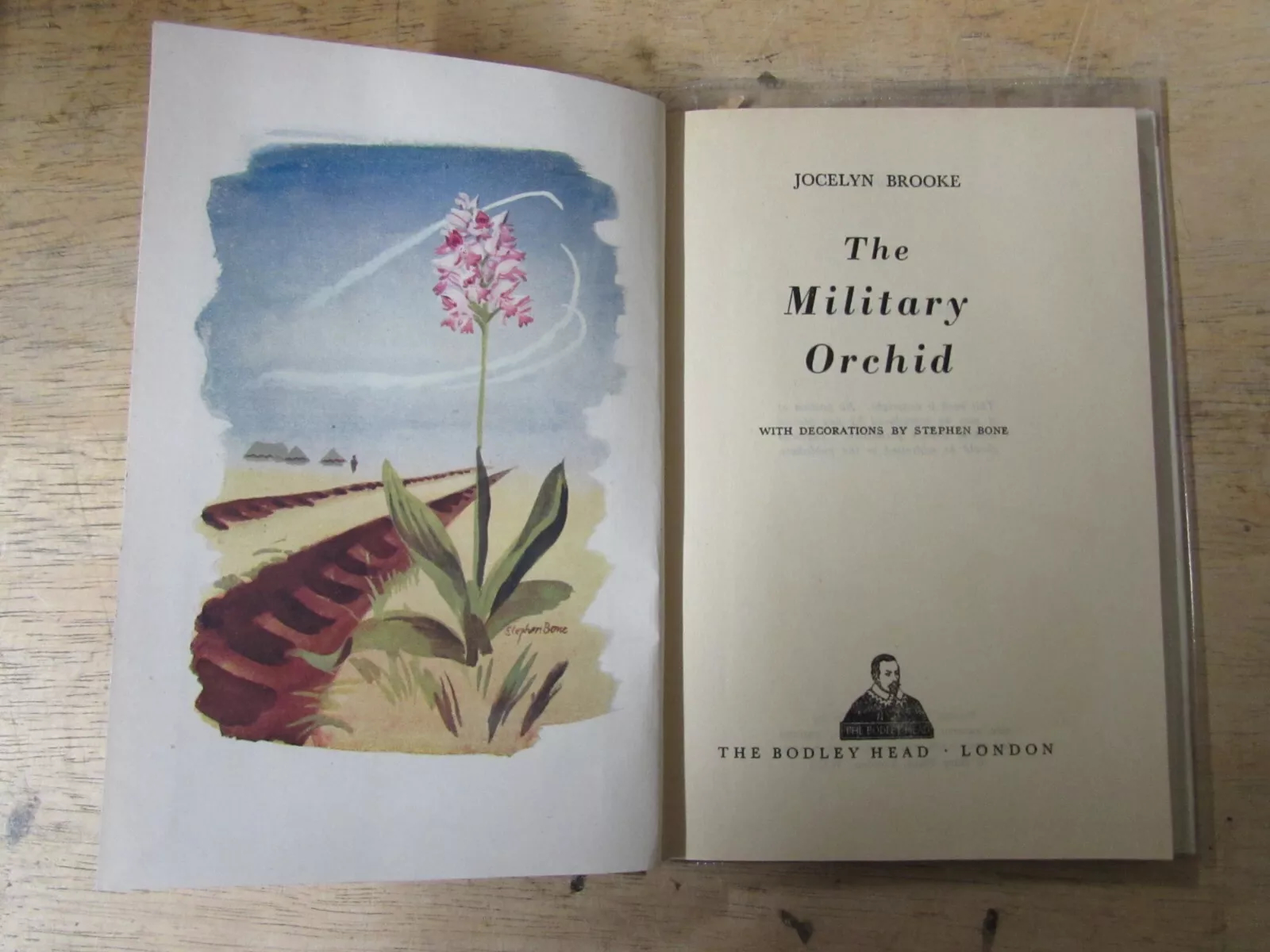 and Jocelyn Godiveau “The Abbé” by Aubrey Beardsley
and Jocelyn Godiveau “The Abbé” by Aubrey Beardsley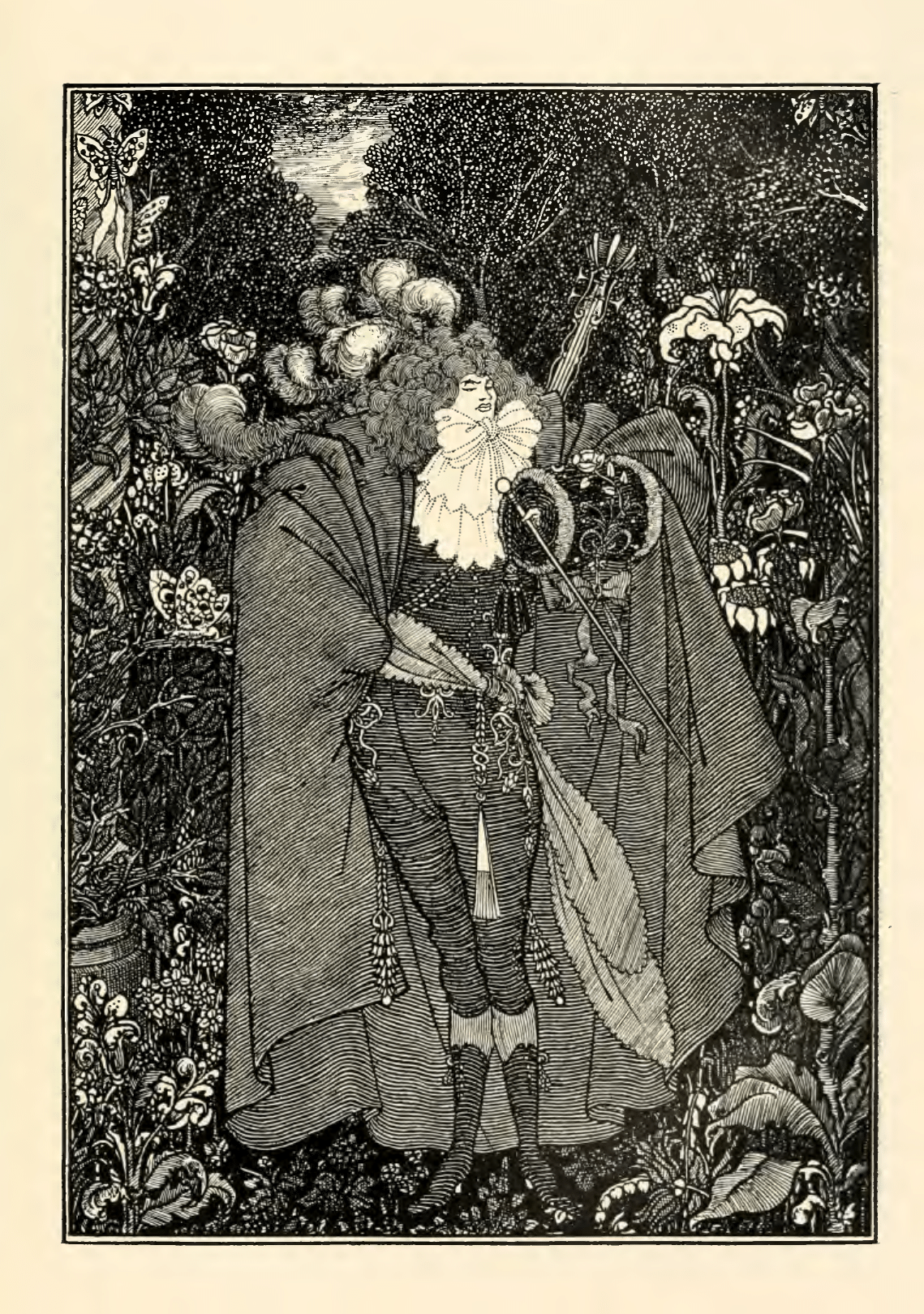 , surpass the conceptual limits of
ekphrasis and illustration.
, surpass the conceptual limits of
ekphrasis and illustration.
9This reflection opens the door to material aspects of the image act,
including the physical location of pictures that have power over
literary writing. They could be found by chance, while tidying up, as
Barthes did in La Chambre claire when he found the photograph of his mother, or they could be given, as publishers do in the case of editorial commissions Déclencheurs en série 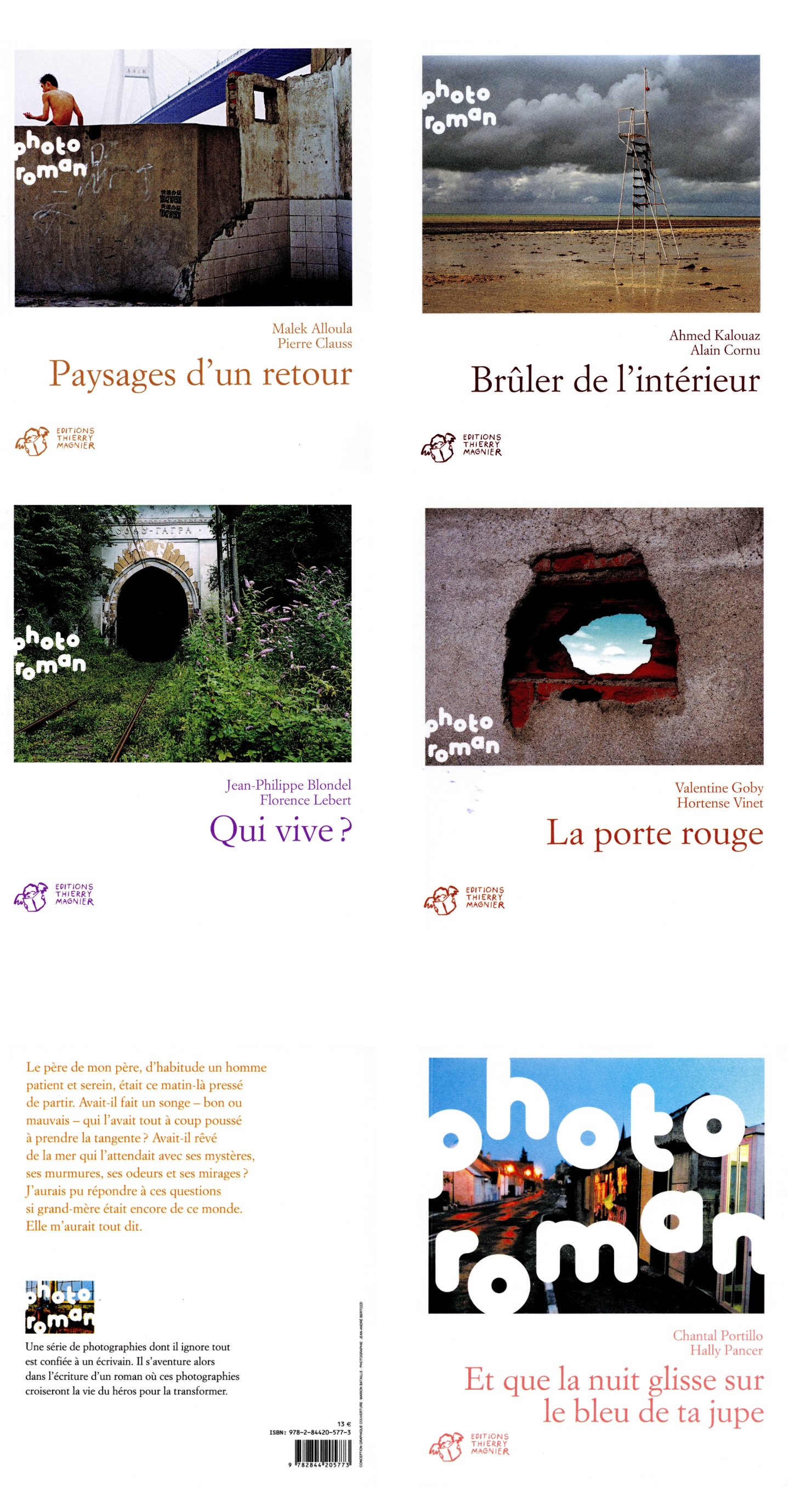 . No matter the case, it is generally in public and private places, as vessels of
images, that the image act takes place, and their consideration should
be as important. Museums and their collections are a common topic for
the French Symbolists, but also contemporary writers such as Yannick
Haenel, Valérie Mréjen Déboîter l’image
. No matter the case, it is generally in public and private places, as vessels of
images, that the image act takes place, and their consideration should
be as important. Museums and their collections are a common topic for
the French Symbolists, but also contemporary writers such as Yannick
Haenel, Valérie Mréjen Déboîter l’image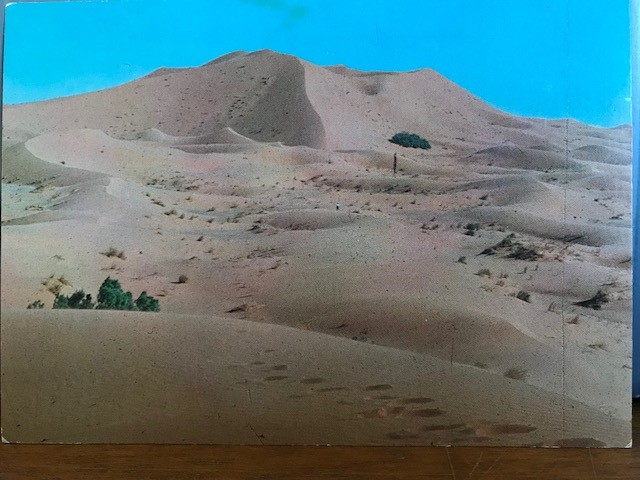 , Don DeLillo and Chloe Aridjis, who make museums
the main setting of their works. The flea market is
another place where surprising encounters with images could happen, as
was the case for the Surrealists, but also more recent writers such as
W.G. Sebald or Hélène Gaudy. On the other hand, the attic shows up as
one of the most common private places of these encounters. As the usual
place to store family albums, attics and wardrobes are a common topic in
the works of Marguerite Duras, Camille de Toledo and Muriel Pic. And
finally, in the digital epoch, these places are dematerialized in the virtual grids of Google Photos or Instagram Élaborer une matière poétique visuelle et « artificielle »
, Don DeLillo and Chloe Aridjis, who make museums
the main setting of their works. The flea market is
another place where surprising encounters with images could happen, as
was the case for the Surrealists, but also more recent writers such as
W.G. Sebald or Hélène Gaudy. On the other hand, the attic shows up as
one of the most common private places of these encounters. As the usual
place to store family albums, attics and wardrobes are a common topic in
the works of Marguerite Duras, Camille de Toledo and Muriel Pic. And
finally, in the digital epoch, these places are dematerialized in the virtual grids of Google Photos or Instagram Élaborer une matière poétique visuelle et « artificielle » .
.
10If location matters, so does the materiality of the image act, or, to
borrow the expression of Claire Gaboriaud in her contribution, how
writers “ignite the spark” Déclencheurs en série  of the fruitful
relationship between the text and the image. In this regard, as Servanne
Monjour asks “with who the talkative image talks?” GifItUp!, du bildakt au bildhack
of the fruitful
relationship between the text and the image. In this regard, as Servanne
Monjour asks “with who the talkative image talks?” GifItUp!, du bildakt au bildhack Thus, Julie LeBlanc Genèse du texte et actes d’image
Thus, Julie LeBlanc Genèse du texte et actes d’image proposes to study the different stages of the writing process where the image act intervenes, which includes the various
gestures of printing, and cutting, as well as the choice of whether to
integrate them into a manuscript or a final publication. On that front, Andrés Franco Harnache The Photographic Gesture as Response to the Image Act
proposes to study the different stages of the writing process where the image act intervenes, which includes the various
gestures of printing, and cutting, as well as the choice of whether to
integrate them into a manuscript or a final publication. On that front, Andrés Franco Harnache The Photographic Gesture as Response to the Image Act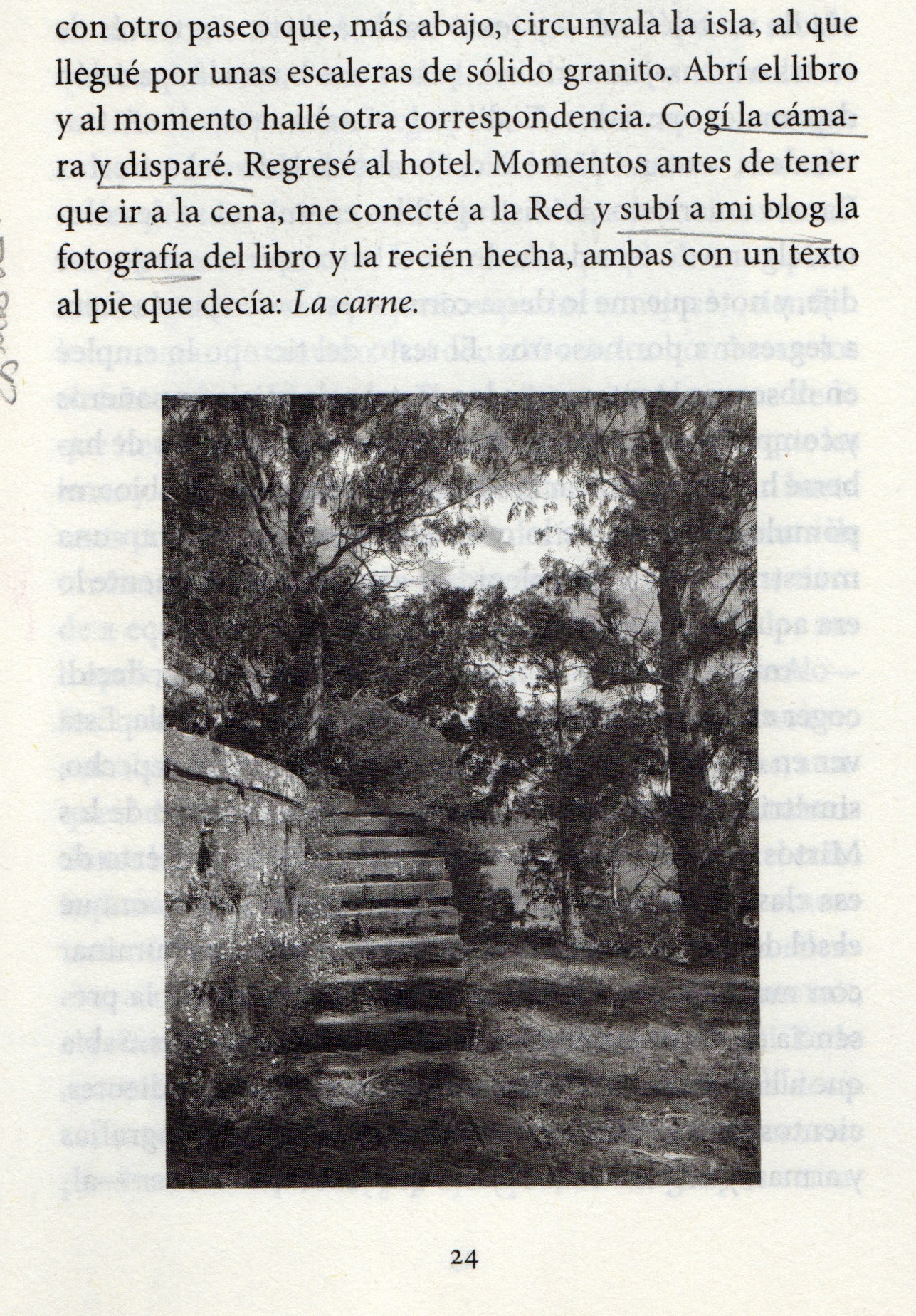 proposes the photographic gesture as a trace of the image act; and Anne-Cécile Guilbard Hervé Guibert, les corps des images absentes
proposes the photographic gesture as a trace of the image act; and Anne-Cécile Guilbard Hervé Guibert, les corps des images absentes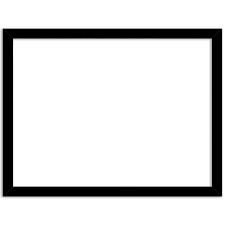 talks about the ghost image, now commonplace in text-image studies, but that must be reiterated: the image’s agency often resides in its absence.
talks about the ghost image, now commonplace in text-image studies, but that must be reiterated: the image’s agency often resides in its absence.
11Ultimately, the image act is also operative on a theoretical level.
Authors use it as a poetical L’appareil photo comme outil pour écrire , narrative Documenter le regard photographique
, narrative Documenter le regard photographique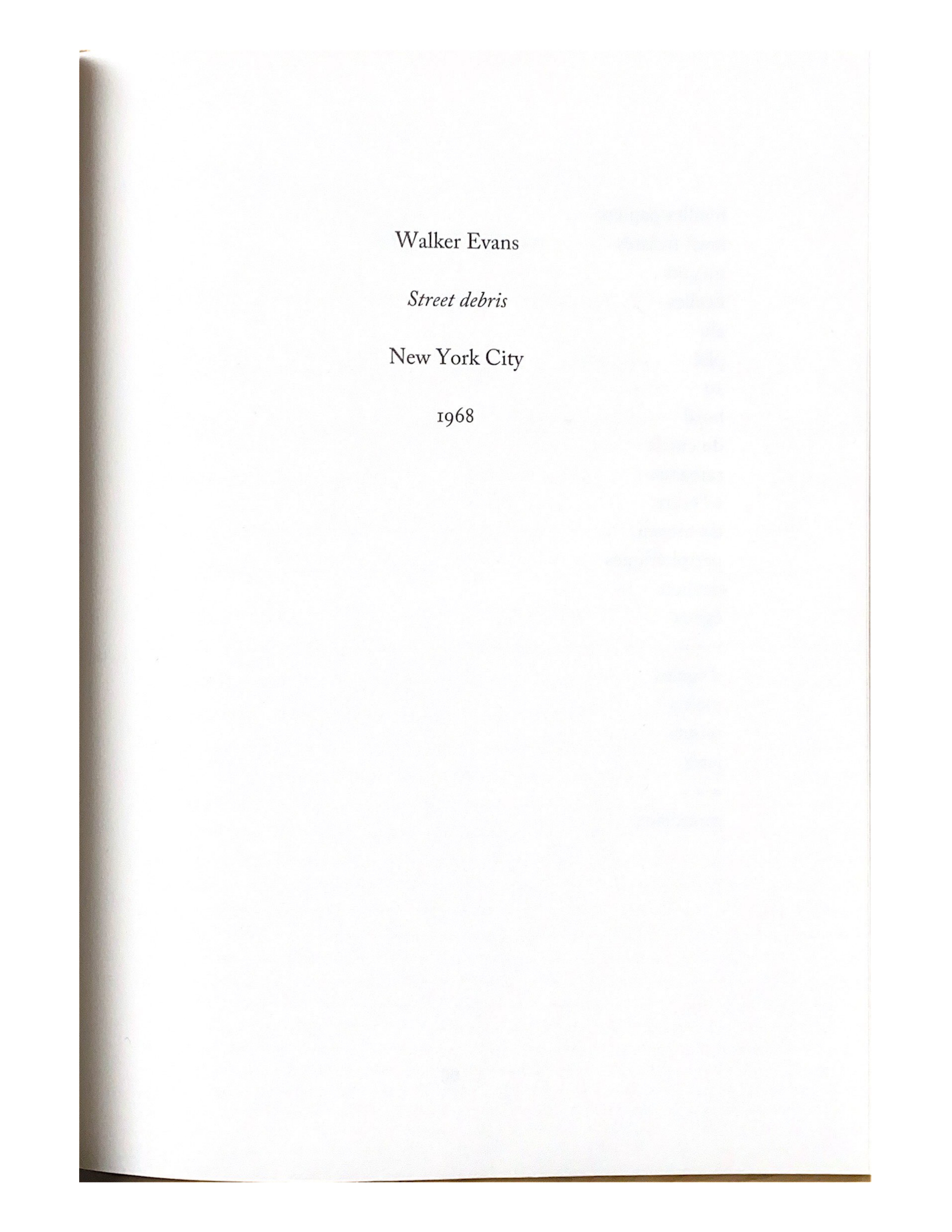 or critical “A Meditation on that Stilled Image”
or critical “A Meditation on that Stilled Image”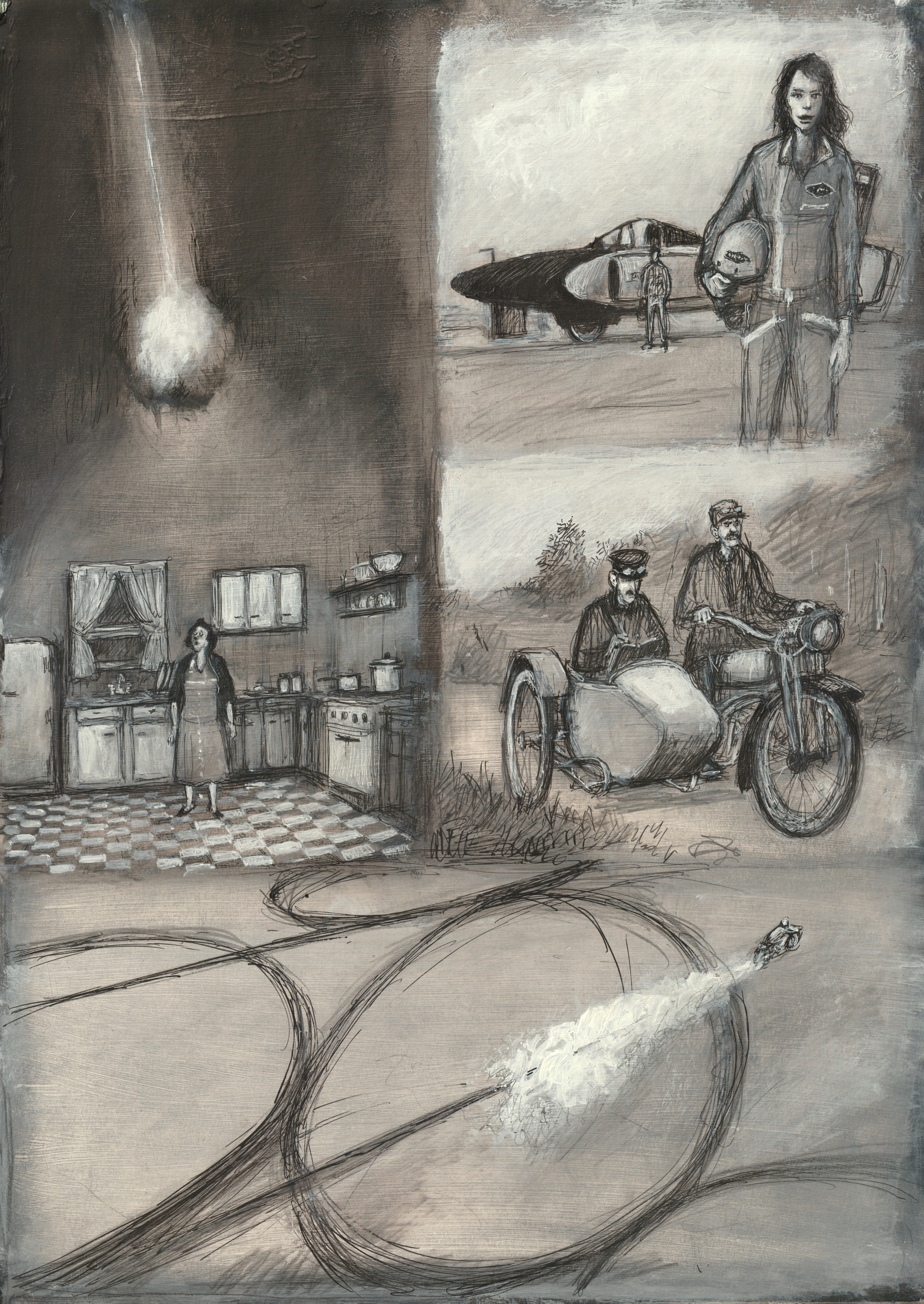 model. The image, and the
different forms it acts on writers, helps to define or redefine what
writing should be, a sort of emergence Au bas de l’image
model. The image, and the
different forms it acts on writers, helps to define or redefine what
writing should be, a sort of emergence Au bas de l’image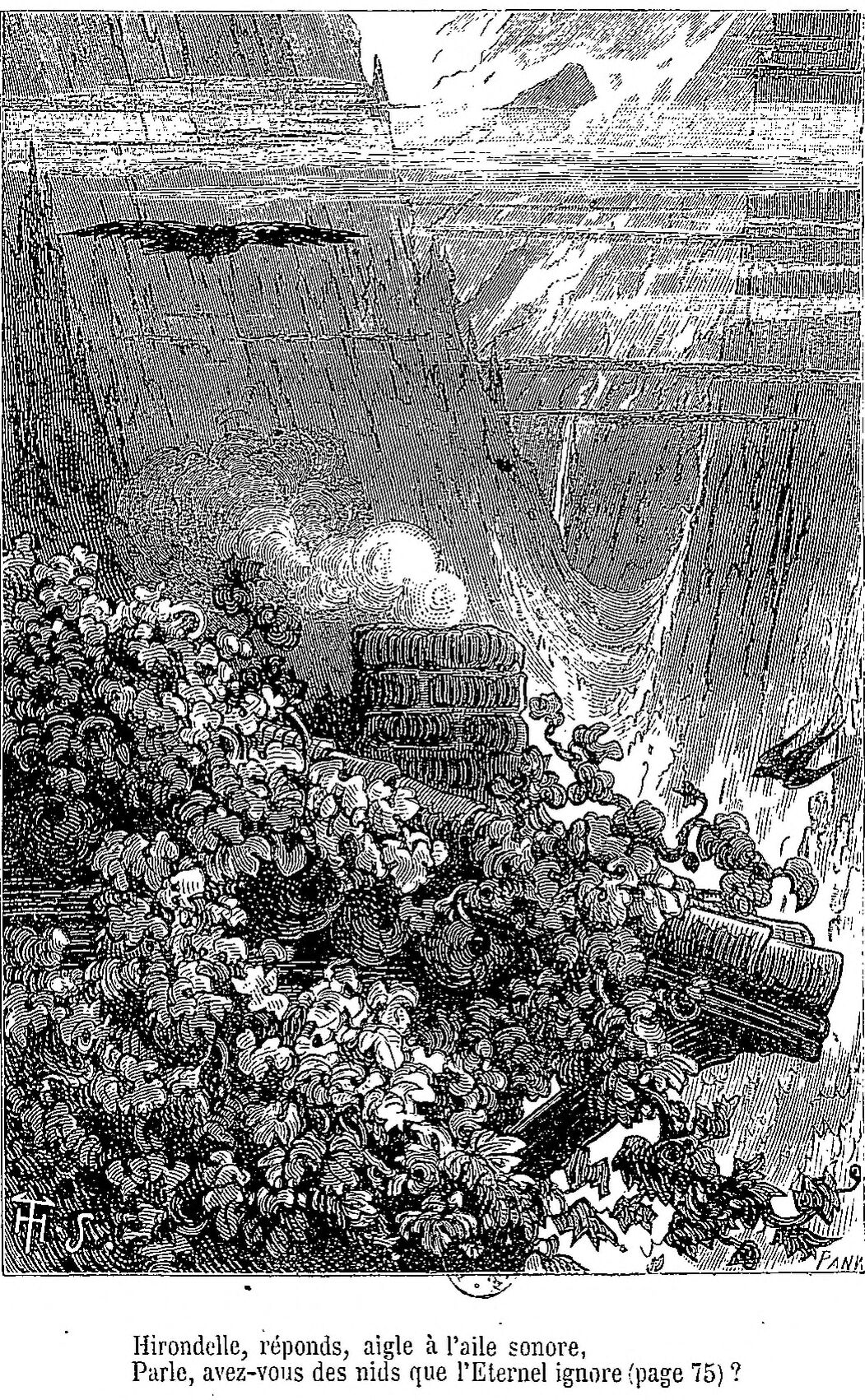 or of utopian and complex equilibrium always on the brink.
or of utopian and complex equilibrium always on the brink.
Editing, an arrangement of the texts
12This publication is the result of the conference L’acte d’image en
littérature / The Image-Act in Literature (1880-2020) held in April
2024 at UCLouvain in the Musée L (Belgium), which served as
the closing event of HANDLING. We found it natural, in
consequence, to use it as the basis of a collective tribute to the five
years of work inside and around the project. In addition to the short
versions of conference papers in English or French, together with the video of the key-note lecture by Bernard Vouilloux Acte d’image et médium, perspectives énonciatives et pragmatiques , the reader will find contributions from researchers and writers who have worked and collaborated with HANDLING over the past few years, such as Adèle Godefroy L’appareil photo comme outil pour écrire
, the reader will find contributions from researchers and writers who have worked and collaborated with HANDLING over the past few years, such as Adèle Godefroy L’appareil photo comme outil pour écrire , Jan Baetens Patrick Mauriès, passe-murailles
, Jan Baetens Patrick Mauriès, passe-murailles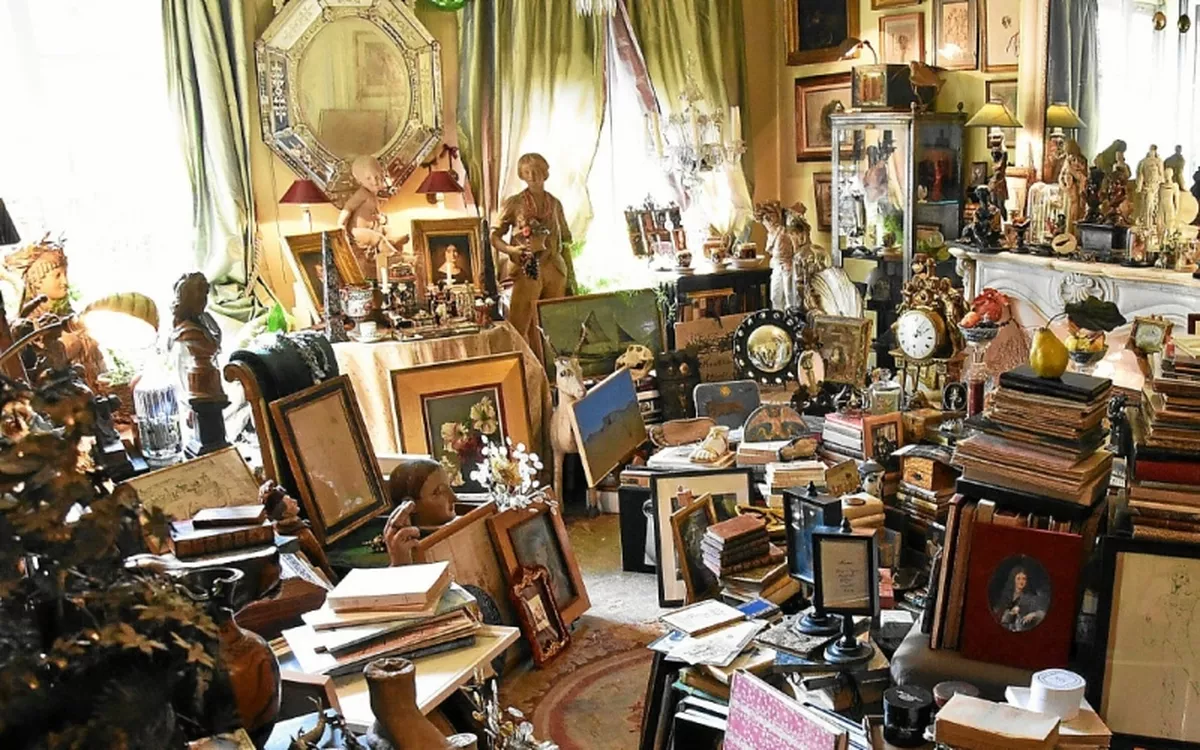 or Stéphane Cunescu Documenter le regard photographique
or Stéphane Cunescu Documenter le regard photographique .
.
13The choice to compose this publication using many concise cases and to
publish it in a digital form Commissarier le livre , was a
thoughtful decision. In the first place, it made it possible to bring
together examples developed in a variety of ways. It gave us the
opportunity to compare historical cases, some of which are canonical,
with contemporary and extreme contemporary examples. In this way, the
studies of Charles Péguy’s interpretations of some of Victor Hugo’s
illustrations Au bas de l’image
, was a
thoughtful decision. In the first place, it made it possible to bring
together examples developed in a variety of ways. It gave us the
opportunity to compare historical cases, some of which are canonical,
with contemporary and extreme contemporary examples. In this way, the
studies of Charles Péguy’s interpretations of some of Victor Hugo’s
illustrations Au bas de l’image , or the analysis of the pictorial
origin of Henri de Régnier’s novels L’image dans l’acte d’écrire d’Henri de Régnier
, or the analysis of the pictorial
origin of Henri de Régnier’s novels L’image dans l’acte d’écrire d’Henri de Régnier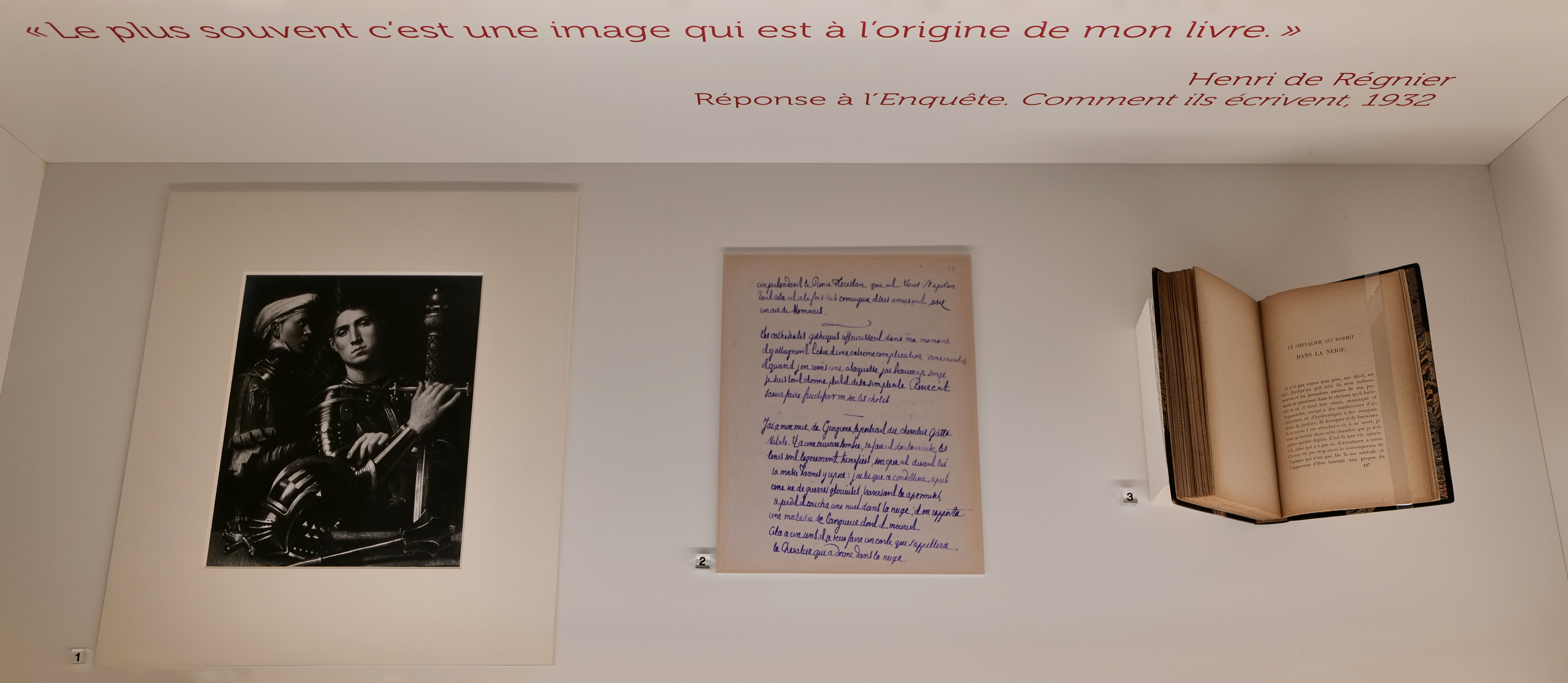 , coexist with
the analysis of the creation and circulation of GIFs GifItUp!, du bildakt au bildhack
, coexist with
the analysis of the creation and circulation of GIFs GifItUp!, du bildakt au bildhack , the emergence of bots Entre modernisme, littérature combinatoire et intelligence artificielle
, the emergence of bots Entre modernisme, littérature combinatoire et intelligence artificielle and AI-generated images Élaborer une matière poétique visuelle et « artificielle »
and AI-generated images Élaborer une matière poétique visuelle et « artificielle » . This, without being restrictive on the medium and
highlighting that not all contemporary cases are digital, as in the case
of writers of our time such as Patrick Mauriès Patrick Mauriès, passe-murailles
. This, without being restrictive on the medium and
highlighting that not all contemporary cases are digital, as in the case
of writers of our time such as Patrick Mauriès Patrick Mauriès, passe-murailles , Leïla Sebbar Leïla Sebbar ou l’image passeuse
, Leïla Sebbar Leïla Sebbar ou l’image passeuse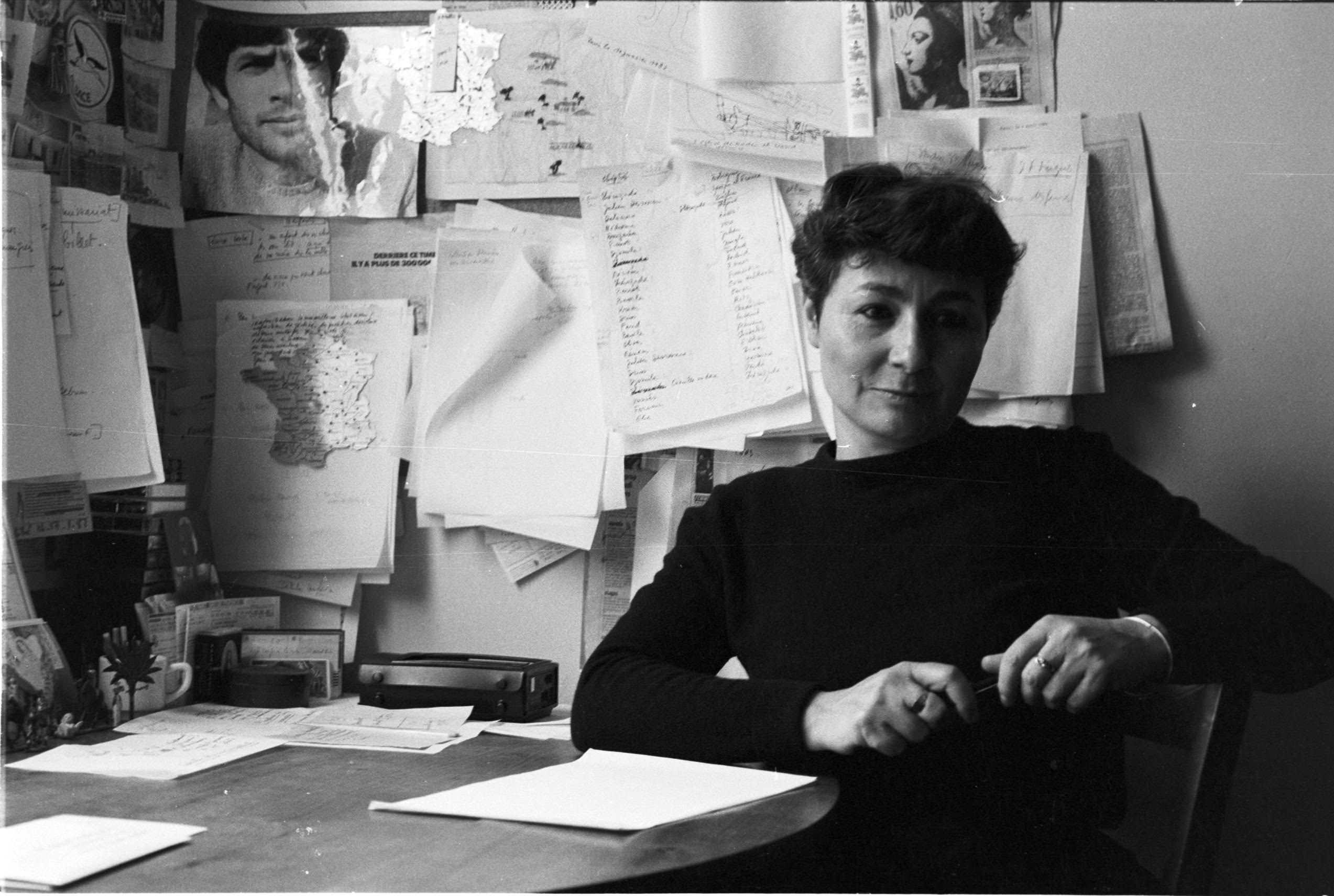 or Hélène Giannecchini Un mur d’images comme genèse visuelle d’un livre
or Hélène Giannecchini Un mur d’images comme genèse visuelle d’un livre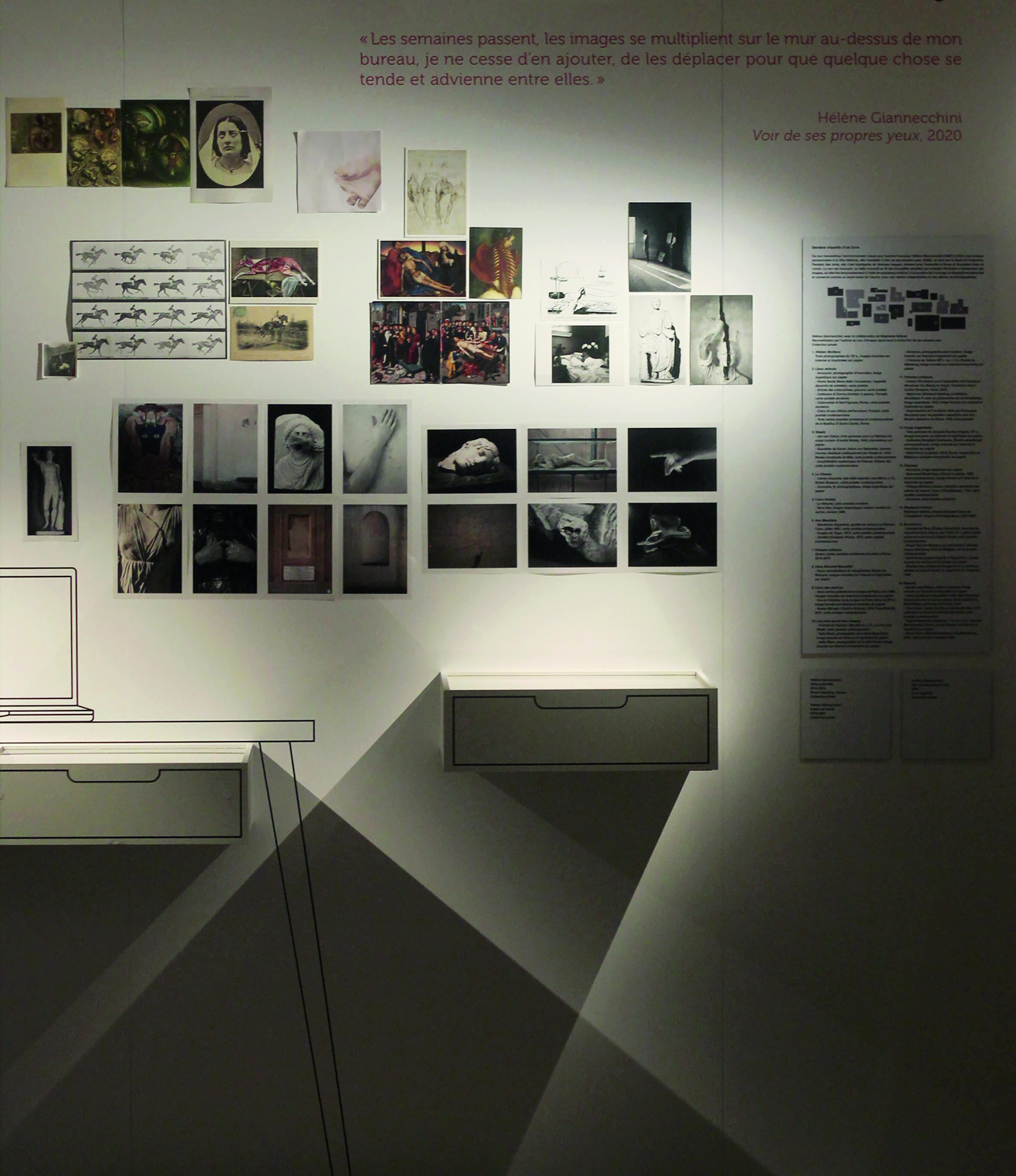 , who show the importance of the materiality of images and
the complexity and variety in which image acts happen in contemporary
literature. Some cases, like Aubrey Beardsley, Christian Dotremont,
Annie Ernaux or Valérie Mréjen’s works, are the subject of two pieces in
the collection: this is a way to enhance the diversity of image acts for
the same author and the great variety of critical approaches.
, who show the importance of the materiality of images and
the complexity and variety in which image acts happen in contemporary
literature. Some cases, like Aubrey Beardsley, Christian Dotremont,
Annie Ernaux or Valérie Mréjen’s works, are the subject of two pieces in
the collection: this is a way to enhance the diversity of image acts for
the same author and the great variety of critical approaches.
14Besides the variety and chronological ambition, the form of this
publication also proposes a mediological reading of the image act in
literature by classifying examples by type of medium (e.g. drawing,
photography, sculpture, digital image, etc.). And, through that
exercise, it also brings to light concepts that seem to be at heart of
current text and image studies: the question of the double practice L’appareil photo comme outil pour écrire , of mediatization, in particular the
circularity between the author and their environment or the hybridization of forms, which favors the rise of fragmentary narratives.
, of mediatization, in particular the
circularity between the author and their environment or the hybridization of forms, which favors the rise of fragmentary narratives.
15In this more theoretical perspective, the contributions stress the
emergence of a metadiscourse around the image increasingly permeating
literary discourses, for instance Rachel Kushner “A Meditation on that Stilled Image” A Portfolio: Rachel Kushner and The Flamethrowers (2014)
A Portfolio: Rachel Kushner and The Flamethrowers (2014)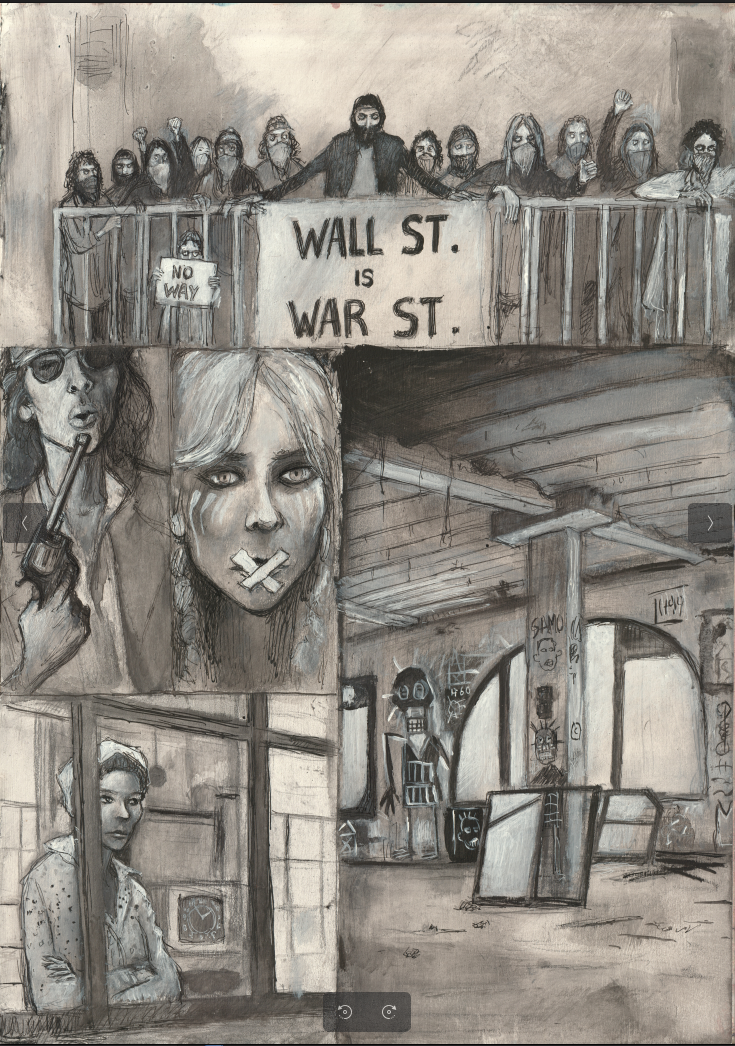 , as well as
considerations regarding the remediation between visual and textual
forms that make possible exploring and developing a reflection on
different kinds of power of images, and its renewed agency. Together,
these texts reinforce one of the main hypotheses of HANDLING: the power of images lies in their ability to be reproduced and
circulated among creators. Their movement, in this way, is the source of
their agency.
, as well as
considerations regarding the remediation between visual and textual
forms that make possible exploring and developing a reflection on
different kinds of power of images, and its renewed agency. Together,
these texts reinforce one of the main hypotheses of HANDLING: the power of images lies in their ability to be reproduced and
circulated among creators. Their movement, in this way, is the source of
their agency.
16Finally, with its digital form, this publication allows us to think in analogies. We wished to make that evident in the navigation interface, which shows the major lines of tension in the relationships between writing and images. For instance, the distinctions to be made between types of images (fictional/non-fictional, still/animated, concrete/mental, etc.) or the opposition between personal and collective images, which extends to theoretical implications such as the isolated and unique image that haunts an author and the continuous flow of an ever-increasing wave of images that overwhelms them.
17Unlike traditional conference proceedings, this form of publication
opens the possibility of exploring and putting into perspective various
hypotheses. For instance, one of the notions that unifies most of the
papers, no matter if they take a more critical, theoretical, or poetic
form, is a classification organized around the different image acts:
illustration, collaboration, hybridization, remediation, matrix,
protocol, model and critique. This typology was not thought beforehand
and assigned to the contributors, but developed from the cases explored
during the conference and around it, and polished in the long and
collective reflection around the digital edition of this publication, conceived as a book curation Commissarier le livre .
.
18This is the exploration that we believe research inhabits.
References
- Barthes, Roland. Camera lucida: reflections on photography, 1st American edition, traduit par Richard Howard, Hill, 1981.
- Barthes, Roland. La Chambre claire, note sur la photographie, Première édition, Gallimard, 1980.
- Bredekamp, Horst. Image Acts: A Systematic Approach to Visual Agency, 2nd edition, traduit par Elizabeth Clegg, De Gruyter, 2021.
- Charpy, Manuel, Alexandra de Heering and Ece Zerman. Ouverture du colloque « Faire parler les photographies », October 2022.
- Louvel, Liliane. Le tiers pictural : pour une critique intermédiale, Presses universitaires de Rennes, 2010.
- Mitchell, William John Thomas. Iconology: image, text, ideology, University of Chicago, 1988.
- Reverseau, Anne, Jessica Desclaux, Marcela Scibiorska and Corentin Lahouste. Murs d’images d’écrivains : dispositifs et gestes iconographiques (XIXe-XXIe siècle), Presses universitaires de Louvain, 2022.
- Vouilloux, Bernard. “De l’efficacité des images érotiques à l’efficience érotique des œuvres,” dans Plesch, Véronique, Catriona Macleod and Jan Baetens (dir.), Efficacité/Efficacy: how to do things with words and images?, Rodopi, 2011, p. 243–254. https://doi.org/10.1163/9789401200738.
- Wood, Christopher. “Iconoclasts and Iconophiles: Horst Bredekamp in Conversation with Christopher Wood,” Art Bulletin, vol. XCIV, no4, December 2012, p. 517–529.